Hola una vez más.
Hi again.
En el siguiente enlace podéis ver nuestros próximos viajes fotográficos y de observación de aves y mamíferos nacionales y al extranjero. Espero que os gusten y os animéis a venir conmigo. Una experiencia que nunca olvidareis.
In the following link you can see our next national and foreign Birds and Mammals photographic and observation trips. I hope you like them and I encourage you to come with me. An experience that you will not forget.
En esta ocasión os muestro lo que pude ver en un viaje a la isla de San Miguel, perteneciente al archipiélago de las Azores. Fue un viaje de 6 días saliendo de madrid el domingo 6 de septiembre y regresamos el viernes 11.
This time I show you what I could see on a trip to the island of San Miguel, belonging to the Azores archipelago. It was a 6 day trip leaving Madrid on Sunday September 6 and we returned on Friday 11.
Fui con mi mujer y mi hija mayor y su marido. El domingo fue todo el dia para llegar a la isla pues desde Madrid no había vuelo directo y la escala en Lisboa fue de 4 horas. Llegamos a San Miguel sobre las 6 de la tarde.
I went with my wife and my oldest daughter and her husband. Sunday was all day to get to the island because from Madrid there was no direct flight and the stopover in Lisbon was 4 hours. We arrived in San Miguel around 6 pm.
Yo tenía muchas ganas de ir pues es un destino que me habían hablado muy bien de él y además quería intentar ver al camachuelo de las Azores (Pyrrhula murina) que al no haber ido a las Azores no lo había visto nunca pues es un ave endémica de la Isla de San Miguel.
I really wanted to go because it is a destination that they had told me very well about and I also wanted to try to spot the Azores Bullfinch that, having not been to the Azores, I had never seen it because it is an endemic Bird of the Island of San Miguel.
Día 6: El Viaje.
Day 6th: The trip.
Salida desde Lisboa.
Departure from Lisbon.
Y llegada a la Isla de San Miguel.
And arrival to the Island of San Miguel.
Allí, alquilamos dos coches pues uno era para todos y el segundo era para solo para mi un día que yo el lunes lo iba a dedicar a pajarear y así el resto de días podía ir con el resto del equipo a conocer la isla.
There, we rented two cars because one was for everyone and the second was for me just one day that I was going to spend on Monday birding and so the rest of the days I could go with the rest of the team to see the island.
Día 7:
Day 7th:
Por la mañana, siguiendo las indicaciones que amablemente me habían dado el único guía de birdwatching y una amiga de FaceBook, me subí al Pico Da Vara a ver si había suerte con el camachuelo. En la foto una flor del jengibre hawaiano (Hedychium gardnerianum) que es una planta exótica muy distribuida por toda la isla. Es muy invasora y destruye los ecosistemas en los que se propaga.
In the morning, following the directions that the only birdwatching guide and a friend from FaceBook had kindly given me, I went up to Pico Da Vara to see if I was lucky with the Bullfinch. In the photo a flower of Kahili Ginger that is an exotic plant widely distributed throughout the Island. It is very invasive and destroys the ecosystems in which it spreads.
Me sorprendió ver que es un pico que en su mayoría está plantado para el aprovechamiento de madera del árbol Sugi (Cryptomeria japonica). Es un árbol introducido de Japón donde tiene su origen y que en la actualidad se le puede encontrar en todos los continentes. Su belleza a cautivado a los paisajistas desde hace muchos años. Eran impresionantes y en San Miguel ocupan muchas de las partes altas de la isla.
I was surprised to see that it is a peak that is mostly planted for the use of wood from the Japanese Cedar. It is a tree introduced from Japan where it originates and which can now be found on all continents. Its beauty has captivated landscapers for many years. They were impressive and in San Miguel they occupy many of the higher parts of the island.
Aunque vi muchos reyezuelo sencillo de las Azores (Regulus regulus azoricus) en los días que pasamos en Azores, este fue el que mejor posó para la cámara. Es una pena que las cumbres de la isla esté siempre con nubes y la luz era francamente pobre por lo que las fotos no han sido muy buenas. Es una subespecie endémica de las Islas Azores.
Although I saw many Western Azores Goldcrest in the days we spent in Azores, this was the one that posed the best for the camera. It is a pity that the summits of the island are always cloudy and the light was frankly poor, so the photos have not been very good. It is an endemic subspecies of the Azores Islands.
No tarde mucho en ver los primeros camachuelos de las Azores (Pyrrhula murina) aunque como os comentaba antes no pude hacerle buenas fotos. De todos modos me hizo mucha ilusión verlos.
It didn't take long to see the first Azores bullfinches (Pyrrhula murina), although as I mentioned before, I couldn't take good photos of them. Anyway I was very excited to see them.
Cabe mencionar que además de ser una especie endémica de la parte este de la isla de San Miguel, es el paseriforme más amenazada del mundo debido a su reducida área de distribución y por ello se halla en peligro de extinción. Su hábitat preferido son los bosques de laurel que muchos de ellos han desaparecido y han sido sustituidos por plantas exóticas. Gracias a un proyecto de restauración de estos bosques, en la actualidad se está recuperando pues a finales del siglo XX se la consideraba como casi extinguida.
It is worth mentioning that in addition to being an endemic species to the eastern part of the island of San Miguel, it is the most threatened passerine in the world due to its reduced area of distribution and therefore is in danger of extinction. Its preferred habitat is Laurel forests that many of them have disappeared and have been replaced by exotic plants. Thanks to a project to restore these forests, it is currently recovering because at the end of the 20th century it was considered almost extinct.
En apariencia es similar a las hembras de camachuelo común (Pyrrhula pyrrhula) aunque algo más grande pudiendo alcanzar los 17 cm. frente a los 15 cm. del común. Además no tiene un dimorfismo sexual, siendo el macho y la hembra muy similares.
In appearance it is similar to the female Bullfinch although somewhat larger. It can reach 17 cm. versus 15 cm. of the Common. In addition, it does not have a sexual dimorphism, being male and female very similar.
Claro, con tanta lluvia había terraplenes cubiertos por maravillosos musgos.
Sure, with so much rain there were embankments covered by wonderful mosses.
Había rincones maravillosos.
There were awesome spots.
Otra de las subespecie endémica de las Islas Azores es la lavandera cascadeña de las Azores (Motacilla cinerea patriciae). En la foto un macho.
Another endemic subspecies of the Azores Islands is the Azores Gray Wagtail . In the photo a male.
Joven.
Juvenile.
Se oían muchas codornices de las Azores (Coturnix coturnix conturbans). Otra subespecie endémica de las Azores. Me hizo mucha ilusión poder fotografiarlas.Many Azores Common Quail could be heard. Another endemic subspecies of the Azores. I was very excited to be able to photograph them.
Pinzón vulgar de las Azores (Fringilla coelebs moreletti). Al igual que en los casos anteriores se trata de una subespecie endémica de las Azores. Es muy abundante y tiene diferencias con el pinzón vulgar en su coloración y en tamaño. A simple vista me pareció más grande que el europeo y con un pico bastante más robusto. Su coloración general es más apagada, sobre todo en el caso de los machos, como se puede apreciar en el de la foto.
Azores Common Chaffinch. As in the previous cases, it is an endemic subspecies of the Azores. It is very abundant and differs from the Common Chaffinch in coloration and size. At first glance it seemed larger than the European and with a much more robust bill. Its general coloration is duller, especially in the case of males, as can be seen in the photo.
Petirrojo europeo (Erithacus
rubecula).
European Robin.
Como me gusta esta ave.
I adore this Bird.
Después de bajar de las alturas me fui cerca del aeropuerto pues tenía que devolver el coche y primero me pasé por la costa a ver si podía ver algún charrán rosado (Sterna
dougallii). No hubo suerte pero me distraje mucho con las gaviotas reidoras (Chroicocephalus
ridibundus).
After coming down from the hills, I went close to the airport because I had to return the car and first I went along the coast to see if I could spot any Roseate Tern. I had no luck but I had a great time with Black-headed Gulls.
Y aún más con los charranes comunes (Sterna
hirundo) viendo como hacían sus picados en busca de alimento.
And even more with the Common Terns watching how they dived in search of food.
Algunos de ellos iban perseguidos por sus crías que aun seguían siendo cebadas.
Some of them were chased by their young that were still being feed.
Preciosas aves.
Beautiful Birds.
En la orilla también había algunos vuelvepiedras comunes (Arenaria
interpres).
On the shore there were also some Turnstones.
La verdad es que pasé un día estupendo de pajareo por la isla de San Miguel.
The truth is that I had a great day of birding at San Miguel Island.
Día 8:
Day 8th:
Este día habíamos contratado una salida para ver cetáceos. Madrugamos un poco y nos fuimos hasta Ponta Delgada para coger la embarcación y salir al mar. Se trataba de un paseo de tres horas y nuestra intención era poder ver algún cachalote.
This day we had hired a trip to watch cetaceans. We got up early and went to Ponta Delgada to catch the boat and go out to the sea. It was a three-hour walk and our intention was to spot some Sperm Whale.
En la pasarela del barco se posó este bonito charrán común (Sterna
hirundo). Una pena que no fuese un rosado.
This pretty common tern (Sterna hirundo) perched on the gangway of the ship. Too bad it wasn't a Roseate.
Fue una pena que no avistamos ninguno pero si vimos un gran grupo de delfines comunes (Delphinus delphis). Por no llevar mucho peso en la cabina del avión me lleve solo el objetivo canon 400mm lo que me hizo prácticamente imposible sacar fotos a los delfines pues estaban en la proa del barco.
It was a pity that we did not see any but we did see a large group of Common Dolphins. Because I did not want to carry a lot of weight in the cabin of the plane, I took only the canon 400mm lens, which made it practically impossible for me to take pictures of the Dolphins because they were in the bow of the boat.
Al final mi hija sacó estas fotos con el teléfono móvil.
In the end my daughter took these photos with her cellular phone.
El día fue muy bueno aunque como podéis ver las nubes siempre estaban cubriendo las zonas de las montañas.
The day was very good although as you can see clouds were always covering the mountain areas.
Pude ver muchas pardelas atlánticas (Calonectris borealis). Una especie nueva para mi aunque se parece mucho a la pardela cenicienta (Calonectris diomedea). Son muy abundantes en las Islas azores pues se reproducen en la mayoría de las islas.
I was able to see many Scopoli’s Shearwater. A new species for me although it looks a lot like the Cory’s
Shearwater. They are very abundant in the Azores Islands as they reproduce in most of the islands.
Y al regresar al puerto este charrán común (Sterna hirundo) parecía estar dándonos la bienvenida.
And when we returned to the Port this Common Tern seemed to be welcoming us.
Después del paseo en barco, nos fuimos hasta el Lagoa do Fogo. Hicimos varias paradas en los muchos observatorios que hay en el camino hasta este bello lugar.
After the boat ride, we went to Lagoa do Fogo. We made several stops at the many observatories on the way to this beautiful place.
El bonito Lago do Fogo.
The beautiful Lago de Fogo.
Y por la tarde me dedique a ver si podía fotografiar a los serines canarios (Serinus canaria). Ya había visto muchos pero ninguno lo suficientemente cerca como para fotografiarles. En las fotos machos.
And in the afternoon I went to photograph Canary. I had already seen many but none close enough to photograph. In the photos males.
Este fue el que más cerca tuve.
This was the one that was closest.
Día 9:
Day 9th:
Este día lo dedicamos a recorrer parte del este de la Isla.
We dedicate this day to tour part of the east of the Island.
Como en casos anteriores, de camino a Sete Cidades nos detuvimos en varios observatorios o puntos de interés. En el Miradouro do Pico do Carvão había esta casa que llamó nuestra atención.
As in previous times, on the way to Sete Cidades we stopped at various observatories or points of interest. At the Miradouro do Pico do Carvão there was this house that caught our attention.
Miradouro do Pico do Carvão.
Miradouro do Pico do Carvão.
Una parada obligada es en el Aqueduto do Carvão. Es impresionante ver como lo vegetado que está.
An obligatory stop is at the Aqueduto do Carvão. It is awesome to see how vegetated it is.
Otro punto que nos encantó fue el Lagoa do Canario.
Another place that we loved was the Lagoa do Canario.
En este sitio hicimos la ruta que va desde el lago hasta el Miradouro da Grota do Inferno.
In this place we made the trail that goes from the lake to the Miradouro da Grota do Inferno
Lo que véis en esta foto es una barbacoa aunque no lo parezca.
What you see in this photo is a barbecue although it does not look like it.
El merendero.
The picnic area.
Miradouro da Grota do Inferno. Desde este impresionante lugar se podía ver ya el Lagoa de Santiago, el de color verde, y al fondo el Lagoa Azul.
Miradouro da Grota do Inferno. From this impressive place you could already see the Lagoa de Santiago, the green one, and in the background the Lagoa Azul.
Luego hicimos una parada en el Miradouro da Vista do Rei. Desde este punto ya se podía ver muy bien el Lagoa Verde, en primer término, y el Lagoa Azul, al fondo.
Then we made a stop at the Miradouro da Vista do Rei. From this point you could already see very well Lagoa Verde, in the foreground, and Lagoa Azul, in the background.
Me entretuve un poco sacando fotos a las plantas que en él se podían ver. En la foto una flor del jengibre hawaiano (Hedychium gardnerianum). Aunque sea un planta muy invasiva es preciosa y tiene una fragancia estupenda.
I spent some time taking photos of the plants that could be seen in it. In the photo a flower of Kahili Ginger. Although it is a very invasive plant, it is beautiful and has a great fragrance.
Me impactó ver tantas hortensias en la Isla. Las había por todos los sitios y hasta las lindes de los prados para el ganado eran de esta bonita planta.
I was shocked to see so many Hydrangeas on the island. There were them everywhere and even the edges of the cattle meadows were made of this beautiful plant.
Al ver que todas eran de color azul o blancas deduje que la tierra de la Isla tiene un PH ácido.
Seeing that they were all blue or white, I deduced that the island's soil has an acid PH.
Sobrevolando el mirador había una pareja de busardos ratoneros de las Azores (Buteo buteo rothschildi). Es una subespecie endémica de las Islas Azores aunque es prácticamente igual a los nuestros.
Flying over the viewpoint was a pair of Azores Common Buzzard. It is an endemic subspecies of the Azores Islands although it is practically the same as ours.
Y un macho muy confiado del pinzón vulgar de las azores (Fringilla coelebs moreletti).
And a very confident male of Azores Common Chaffinch.
Lagoa Verde, a la izquierda, y Lagoa Azul desde el Miradouro do Cerrado das Freiras.
Lagoa Verde, on the left, and Lagoa Azul from the Miradouro do Cerrado das Freiras.
Después descendimos hasta el Lagoa Verde y fotografié a esta hembra de pato criollo (Cairina
moschata domestica). Esta especie estaba presente en muchos de los lagos que visitamos.
Then we went down to Lagoa Verde and I photographed this female Muscovy Duck. This species was present in many of the lakes we visited.
También había bastantes patos domésticos y este pollito llamço mi atención. Estaba solo y no había ninguna hembra que le prestase atención.
There were also quite a few domestic Ducks and this duckling caught my attention. It was alone and there was no female to pay attention to it.
Y aunque menos numerosos había algunos ánades azulones (Anas
platyrhynchos). En la foto una hembra.
And although less numerous there were some Mallards. In the photo a female.
Hicimos una parada en el Miradouro da Ponta do Escalvado. Este mirador era muy utilizado para detectar cetáceos desde tierra.
We made a stop at the Miradouro da Ponta do Escalvado. This viewpoint was widely used to detect cetaceans from land.
Esta flor de aloe llamó mi atención.
This Aloe flower caught my eye.
En el Camino a Mosteriors hicimos un alto en este parque de meriendas. Todos los parques y jardines que visitamos en la Isla estaban muy bien conservados y muy limpios.
On the way to Mosteriors, we made a stop in this picnic area. All Parks and Gardens that we visited on the Island were very well preserved and very clean.
Mi hija Alejandra quería que le hiciese unas fotos con las maravillosas hortensias y aquí eran especialmente grandes.
My daughter Alejandra wanted me to take some photos with the wonderful hydrangeas and here they were especially big.
Estas flores que nacían de una planta aparentemente seca me gustaron mucho.
These flowers that were born from an apparently dry plant I really liked.
Comimos en un chiringuita que había en las Piscinas Naturais "Caneiros".
We ate at a beach bar in the pools had Naturais "Caneiros".
Al pasar por el Puerto de Mosteiros vi unos limícolas y les pedí que pararan un rato para ver que eran. Había un grupo de vuelvepiedras comunes (Arenaria
interpres).
When passing through the Port of Mosteiros I saw some waders and I asked them to stop for a while to see what they were. There was a flock of Turnstones.
Y este joven de chorlitejo grande (Charadrius
hiaticula).
And this juvenile of Great
Ringed Plover.
En la barra del puerto había un grupo de gaviotas patiamarillas de las Islas Azores (Larus michahellis atlantis). Me parecieron más grandes que las que vemos en la península y con un mayor barrado cefálico en plumaje de invierno. En a foto un adulto.
On the boardwalk of the port there was a group of yellow-legged gulls from the Azores Islands. They seemed larger than the ones we see in the peninsula and with a greater head barred in winter plumage. In the photo an adult.
Primer invierno.
First winter.
Luego regresamos al hotel. Había muchas flores Ave del Paraíso (Strelitzia reginae) que me gustan mucho.
Then we go back to the hotel. There were many Bird of Paradise flowers that I really like.
En toda la isla hay gran cantidad de palomas cimarronas (Columba livia domestica).
All over the island there are a large number of Feral Pigeons.
Como el hotel estaba al lado de la Praia do Monte Verde, decidí darme un paseo por ella a ver que podia fotografiar.
As the hotel was next to the Praia do Monte Verde, I decided to take a walk through it to see what I could photograph.
Además de unas cuantas gaviotas pude ver dos jóvenes de correlimos tridáctilo (Calidris
alba) que eran muy confiado.
In addition to a few Gulls I saw two juvenile Sanderling who was very tame.
Y en el jardín del hotel había algunos estorninos pintos (Sturnus vulgaris).
And in the Hotel garden there were some Common Starlings.
También vi como una pareja de estrildas comunes (Estrilda
astrild) estaban haciendo su nido.
I also saw how a pair of Common
Waxbill were making its nest.
Día 10: Este día íbamos a comer un cocido típico de Furnas que hacen en las calderas volcánicas y algunos puntos de interés que nos cogían de paso.
Day 10th: This day we were going to eat a typical Furnas stew that they make in the Bolcanic boilers and some points of interest that caught us on the way.
Lo primero que hicimos fue visitar el Salto do Cabrito. Como en la noche anterior había habido una gran tormenta el río bajaba muy turbio.
The first thing we did was visit the Salto do Cabrito. As there had been a great storm the night before, the river ran down very murky.
Un sitio que me gustó especialmente fue el Parque Natural de Caldeira Velha y no por que este petirrojo europeo (Erithacus rubecula) me dejase tomarle una foto con el teléfono móvil a unos 50 cm.
A place that I especially liked was Natural Park of Caldeira Velha and not because this European Robin let me take a picture of him with his mobile phone at about 50 cm.
Entre una vegetación exuberante destacaban los helechos arbóreos (Cyathea cooperi). Son impresionantemente bonitos.
Among the exuberant vegetation stood out the Australian Tree Fern. They are breathtakingly pretty.
Es el mejor lugar de la Isla de San Miguel para tomar baños en aguas termales.
It is the best place on the Island of San Miguel to take baths in hot springs.
Otra de las piscinas acondicionadas para tomarse un baño.
Another of the pools equipped to take a bath.
Una de las curiosidades del lugar son las fumarolas. Su fuente termal procede de un acuífero que es calentado por una corriente que se eleva desde el reservorio geotérmico en las profundidades del volcán Fogo.
One of the curiosities of the place are the fumaroles. Its hot spring comes from an aquifer that is heated by a current that rises from the geothermal reservoir deep in the Fogo volcano.
Como podéis ver, no se puede tomar un baño aquí pues el agua sale muy caliente, entre 60º y 100º centígrados.
As you can see, you cannot take a bath here because water comes out very hot, between 60º and 100º celsius.
Después nos fuimos a visitar el Miradouro da Nossa Senhora da Paz con unas espectaculares vistas de Vila Franca do Campo.
Then we went to visit the Miradouro da Nossa Senhora da Paz with spectacular views of Vila Franca do Campo.
Pero más espectacular aún es el Santuario de la Ermida de Nossa Senhora da Paz con su escalinata de subida. Como en todos los sitios que visitamos, el mantenimiento es impecable.
But even more spectacular is the Sanctuary of Ermida de Nossa Senhora da Paz with its staircase going up. As in all the sites we visit, the maintenance is impeccable.
Acto seguido visitamos el Lagoa das Furnas.
Then we visit Lagoa das Furnas.
Almorzamos el famoso cocido de Furnas en el Terra Nostra Garden Hotel. Lo hacen en unas fumarolas en el que introducen una olla y lo mantienen allí durante unos 8 horas. Está compuesto por trozos de carne de vacuno, cerdo, pollo, algo de verdura y acompañado con arroz.
We had the famous Furnas stew for lunch at the Terra Nostra Garden Hotel. They do it in some fumaroles in which they insert a pot and keep it there for about 8 hours. It is composed of pieces of beef, pork, chicken, some vegetables and accompanied with rice.
Después del almuerzo hicimos una visita a los jardines del hotel en donde me llamó la atención los setos de azaleas. Bueno, había azaleas en muchísimos lugares de la Isla y de unas diemensiones impresionantes.
After lunch we made a visit to the hotel gardens where I was struck by the hedges of azaleas. Well, there were azaleas in many places on the island and of impressive dimensions.
Una visita obligada es al impresionante Jardín Botánico Terra Nostra Garden.
A must see is the impressive Terra Nostra Garden Botanical Garden.
En él hay una gran piscina de aguas termales.
In it there is a large pool of thermal waters.
Y unos rincones de inigualable belleza.
And some corners of incomparable beauty.
Me llamó la atención la cantidad de especies que en él se pueden ver. Especialmente me gustaron la cantidad de especies de nenúfares.
I was struck by the number of species that can be seen in it. I especially liked the number of species of Water Lilies.
Había algunas aves exóticas en sus estanques como este macho de pato mandarín (Aix galericulata) que, como podéis apreciar, aun no había sacado del todo su plumaje nupcial.
There were some exotic birds in their ponds like this male Mandarin Duck that, as you can see, had not yet fully removed its breeding plumage.
La especie más abundante eran los tarros canelo (Tadorna ferruginea). En la foto una hembra.
The most abundant species was the Ruddy Shelduck. In the photo a female.
Había dos parejas de Suirirí Piquirrojo (Dendrocygna autumnalis).
There were two pairs of Black-bellied Whistling-Duck.
Y una de ánade gargantillo (Anas bahamensis).
And a apir of White-cheeked Pintail.
Y como despedida del viaje visitamos las fumarolas del Lagoa das Furnas en donde se hacen los famosos cocidos. En la foto unos árboles Sugi (Cryptomeria japonica) que había a la entrada del lugar.
And as a farewell to the trip, we visit the fumaroles of Lagoa das Furnas where the famous stew are made. In the photo some Japanese Cedar that were at the entrance of the place.
Fumarola.
Fumarole.
Una vista general del lugar.
An overview of the place.
Aquí podéis ver donde se cuecen los cocidos.
Here you can see where the stews are cooked.
Si queréis suscribiros a mi blog de los viajes que hacemos pincha en el siguiente enlace: Suscribirse y haz clic en ¿ Quieres suscribirte a nuestro blog?
If you want to subscribe to my blog about the trips we do, click on the following link: Susbcribe and click on: Do you want to subscribe to our blog?
Espero que os haya gustado y hasta pronto.
If you want to subscribe to my blog about the trips we do, click on the following link: Susbcribe and click on: Do you want to subscribe to our blog?
Espero que os haya gustado y hasta pronto.
I hope you like it and see you soon.

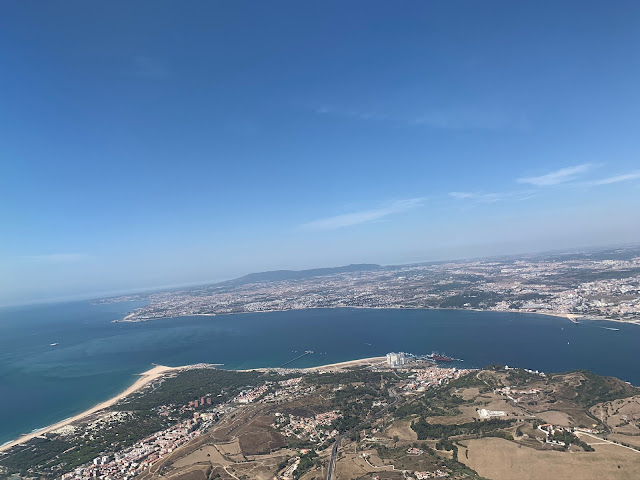





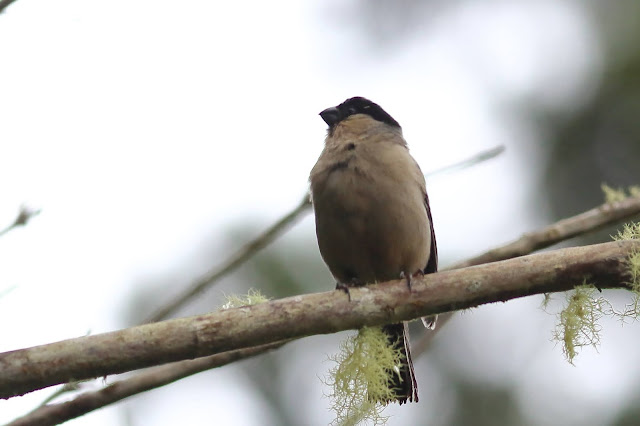

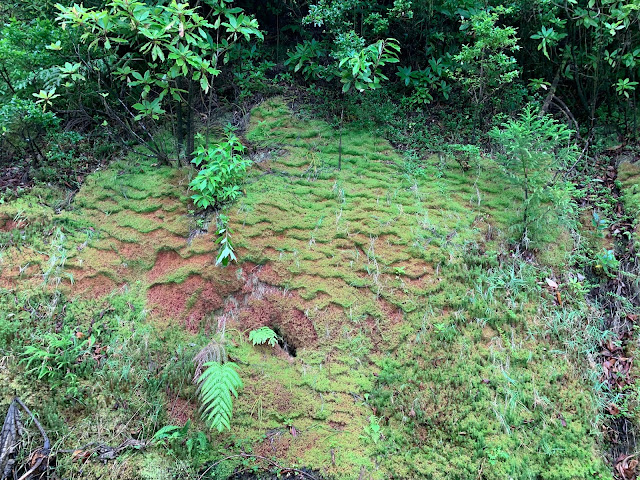



















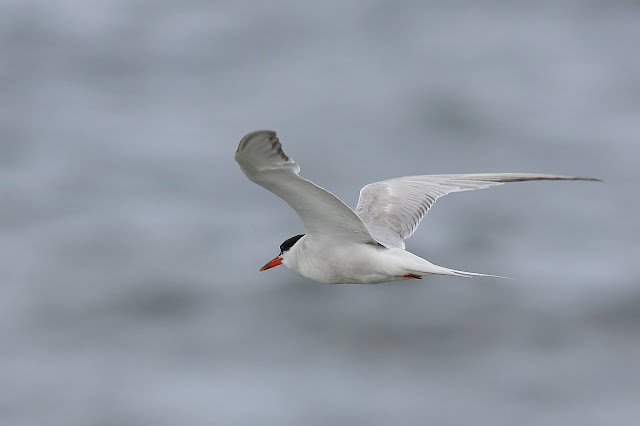
























































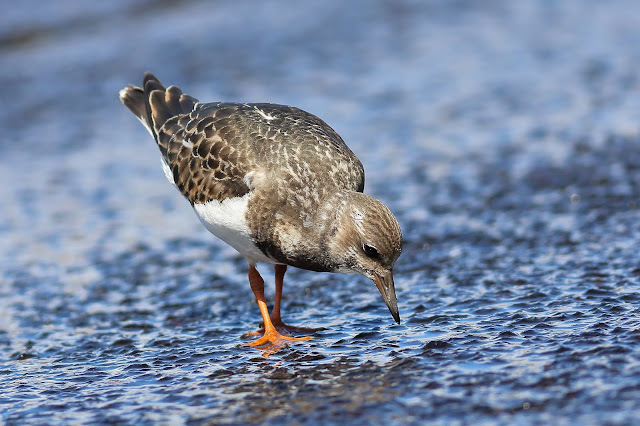








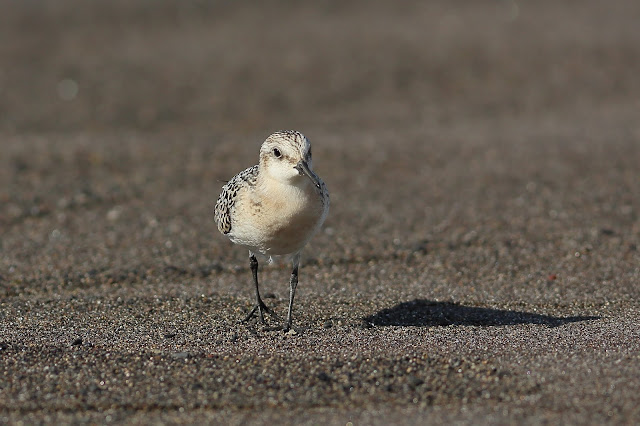






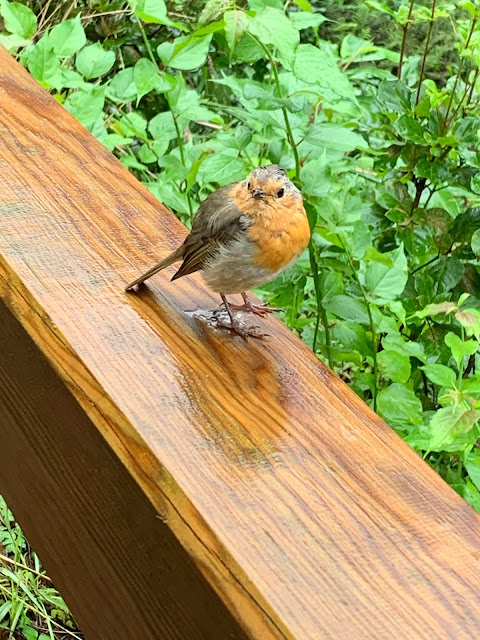
























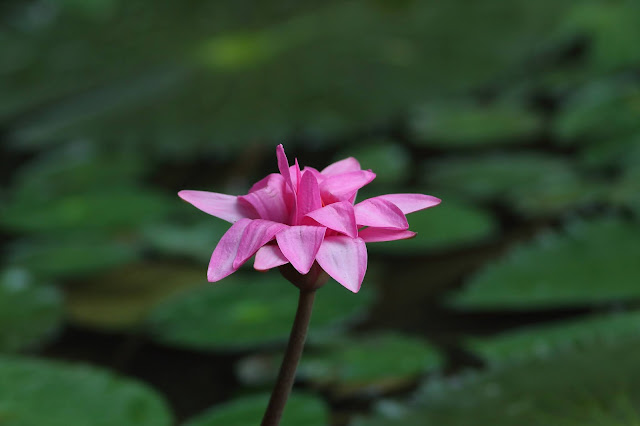










Que precioso viaje Luis.
ResponderEliminarYo me apunto si organizas otro.
Un saludo
Muchas gracias Antón.
EliminarEstaré atento y te aviso si lo organizo.
Un saludo,
Luis